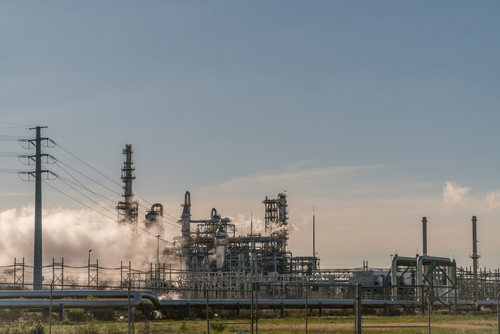NARUC considers securitization for managing early coal plant retirements

As the industry shifts increasingly toward cleaner methods of power, the National Association of Regulatory Utility Commissioners (NARUC) recently released a new report contemplating the role that securitization could play in managing costs attached to early coal plant retirement.
In the year 2000, coal accounted for 51.7 percent of the energy generated by the United States. Today, it is under 20 percent of the total and losing more ground every year. Coal plant retirement is expected to continue, particularly as the Biden administration promotes renewable energy sources, but that has opened another question: what to do about the undepreciated costs of facilities that have not reached the end of their useful lives at retirement?
NARUC’s report, Mitigating Stranded Asset Risks to Utility Customers: An Exploration of Securitization and Retiring Coal Generation, seeks to help answer that uncertainty.
“State regulators are seeking to understand different processes for addressing stranded assets and resulting costs of early coal plant retirement,” NARUC Chair Mary Throne of the Wyoming Public Service Commission said. “This report is a great resource for public utility commissioners to learn more about how securitization can be used to address these issues.”
For its review, the report looked at financing orders from Indiana, Michigan, and Missouri, where utilities successfully reduced costs for customers through securitization. Accompanying these looks were details leading to an overview of the outcomes of securitization for coal plant closure cases, a helpful reference for public utility commissioners considering support for reliable and affordable energy supplies in their region.
As of 2023, at least 10 states have passed legislation allowing securitization for early coal plant closures, and another 13 allowed it for disposing of stranded assets. Given that the EIA expected 8.9 GW of planned retirements of coal-fired capacity by the end of the year, without action, those underused facilities could add burdensome costs to customers without proper address.
